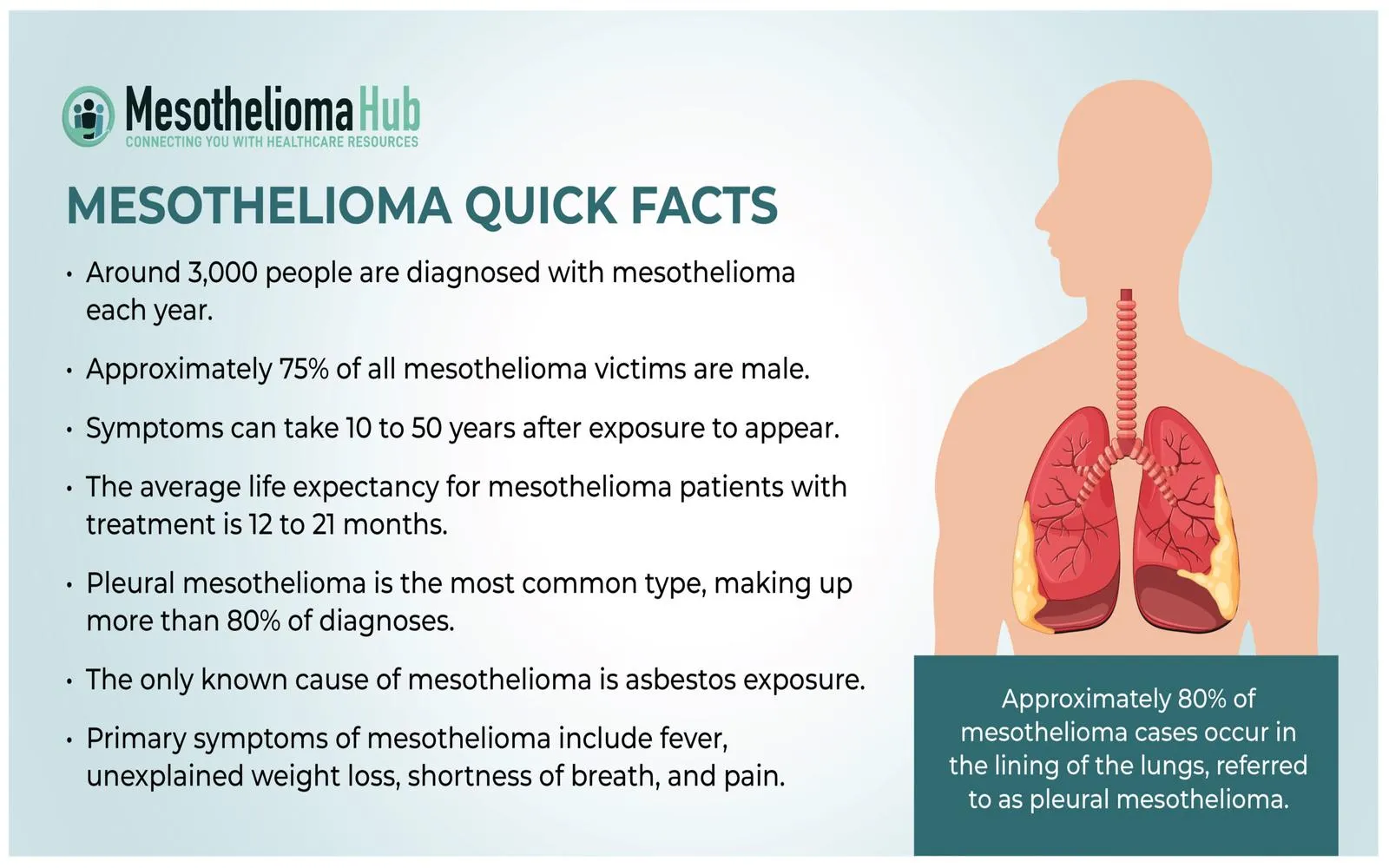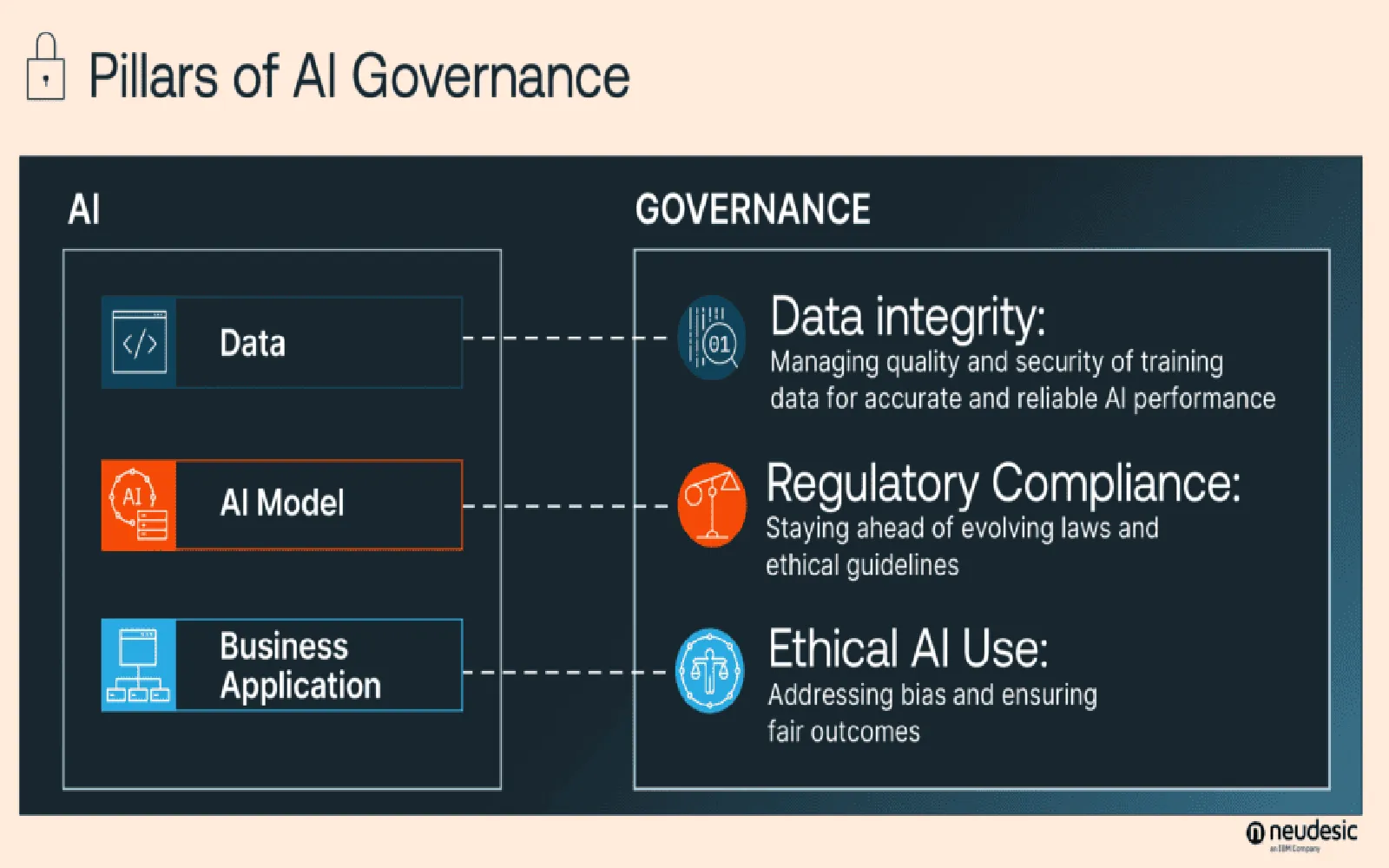2025 Advances in Psoriasis Treatment: Cutting-Edge Therapies and Effective Management Strategies
Introduction
Psoriasis is a chronic autoimmune condition characterized by the rapid growth of skin cells, leading to scaling on the skin's surface. Affecting millions of people worldwide, psoriasis can cause discomfort, psychological distress, and reduced quality of life. As we move into 2025, advances in psoriasis treatment are revolutionizing the way this condition is managed. This article will explore cutting-edge therapies and effective management strategies that are shaping the future of psoriasis treatment.
Understanding Psoriasis
Psoriasis is not merely a skin condition; it is a systemic disease that can affect various aspects of health. The most common type is plaque psoriasis, which presents as raised, red patches covered with silvery-white scales. Other forms include guttate, inverse, pustular, and erythrodermic psoriasis. The etiology of the disease is complex, involving genetic, environmental, and immunological factors.
Current Landscape of Psoriasis Treatment
Traditionally, psoriasis treatment has included topical therapies, phototherapy, and systemic medications. Topical treatments, such as corticosteroids and vitamin D analogs, are often the first line of defense. For moderate to severe cases, systemic therapies like methotrexate, cyclosporine, and biologics are commonly prescribed. However, these options can have significant side effects and may not work for everyone.
Biologic Therapies: A Game Changer
Biologics have transformed the treatment landscape for psoriasis. These medications target specific pathways in the immune system, leading to more effective and targeted treatment. By 2025, several new biologics have emerged on the market, including those that inhibit interleukin (IL)-17, IL-23, and IL-12/23 pathways. Examples include:
- IL-17 Inhibitors: Medications like secukinumab and brodalumab have shown remarkable efficacy in clearing psoriasis plaques and improving patient quality of life.
- IL-23 Inhibitors: Guselkumab and tildrakizumab target the IL-23 pathway, providing long-lasting results with fewer side effects.
- Combination Therapies: New research indicates that combining biologics with traditional systemic therapies may enhance treatment outcomes.
Small Molecule Therapies: Oral Options
In addition to biologics, small molecule therapies have gained popularity as oral treatment options. These medications can provide an alternative for patients who prefer not to use injections. By 2025, several oral therapies, including Janus kinase (JAK) inhibitors and phosphodiesterase-4 (PDE4) inhibitors, have shown promising results:
- JAK Inhibitors: Medications like tofacitinib and upadacitinib work by inhibiting specific pathways in the immune response, leading to reduced inflammation and skin lesions.
- PDE4 Inhibitors: Apremilast is an example that addresses the inflammatory response, providing an effective oral option for patients.
Topical Innovations: Advanced Formulations
While systemic and biologic therapies have received significant attention, topical treatments also continue to evolve. Innovations in formulation and delivery systems have enhanced the efficacy and patient adherence to topical therapies:
- Nanotechnology: Incorporating nanocarriers in topical formulations improves drug penetration and efficacy, resulting in quicker and more effective treatment.
- New Combinations: The development of combination topical therapies, which may include steroids, vitamin D, and retinoids, can improve treatment adherence and outcomes.
- Customized Treatments: Personalized formulations based on individual patient needs and preferences are becoming more prevalent, allowing for tailored treatment approaches.
Phototherapy Advances: Enhanced Delivery Methods
Phototherapy remains a cornerstone in the treatment of psoriasis, particularly for moderate to severe cases. Advances in technology have resulted in more effective and convenient methods:
- Excimer Laser: Targeted phototherapy using excimer laser technology allows for precise treatment of localized plaques without affecting surrounding skin.
- Home Phototherapy Devices: Portable devices that allow patients to undergo treatment in the comfort of their homes have become more accessible, improving adherence and outcomes.
- Combination with Other Therapies: Research suggests that combining phototherapy with biologics or systemic medications can enhance treatment efficacy.
Integrative and Holistic Approaches
Recognizing the multifaceted nature of psoriasis, integrative and holistic approaches are being increasingly embraced. By 2025, patients have more options for managing their condition beyond conventional therapies:
- Dietary Interventions: Evidence suggests that certain dietary changes, such as increasing omega-3 fatty acids and reducing processed foods, can help manage inflammation and improve skin health.
- Mind-Body Techniques: Practices like yoga, meditation, and cognitive behavioral therapy are being recognized for their role in reducing stress, which can exacerbate psoriasis symptoms.
- Natural Supplements: Some patients are exploring supplements, such as fish oil and turmeric, for their anti-inflammatory properties, although scientific evidence varies.
Patient-Centric Care: Empowering Individuals
As treatment options expand, patient-centric care is becoming critical in psoriasis management. Empowering patients to take an active role in their treatment plans can lead to better outcomes:
- Shared Decision-Making: Healthcare providers are encouraged to engage patients in discussions about treatment options, allowing for a collaborative approach to care.
- Patient Education: Providing resources and support for patients to understand their condition and treatment options is essential for adherence and self-management.
- Telemedicine: The rise of telehealth services enables patients to access dermatological care conveniently, improving follow-up and ongoing management.
Future Directions: Research and Innovations
The future of psoriasis treatment looks promising, with ongoing research and innovations paving the way for even more effective therapies. Key areas of focus include:
- Genetic Research: Understanding the genetic basis of psoriasis can lead to more targeted therapies and personalized medicine approaches.
- Microbiome Studies: Emerging research on the skin microbiome suggests that restoring a healthy microbial balance may play a role in managing psoriasis.
- Artificial Intelligence (AI): AI is being harnessed to analyze patient data and predict treatment responses, potentially leading to more tailored therapies.
Conclusion
As we look forward to 2025, the advances in psoriasis treatment are truly remarkable. From biologics and small molecule therapies to innovative topical formulations and holistic approaches, the landscape is evolving rapidly. With a focus on patient-centric care and ongoing research, individuals living with psoriasis can expect more effective and personalized treatment options in the near future. The journey towards better management of this chronic condition continues, and with it comes hope for improved quality of life for millions affected by psoriasis.
Explore

Top Enterprise Password Managers of 2025: Secure Your Business with Cutting-Edge Solutions

Best Small Business Cash Advances in 2025: A Comprehensive Guide

Mesothelioma Treatment Options

Top Social Media Marketing Companies to Watch in 2025: Trends, Strategies, and Success Stories

Navigating AI Governance in 2025: Strategies for Ethical and Responsible AI Development

Sell Your House Fast in 2025: Proven Strategies to Get Top Dollar Quickly

Navigating Data Protection in 2025: Essential Strategies for Businesses to Safeguard Sensitive Information

Top Trends for High Net Worth Financial Advisors in 2025: Strategies for Success
